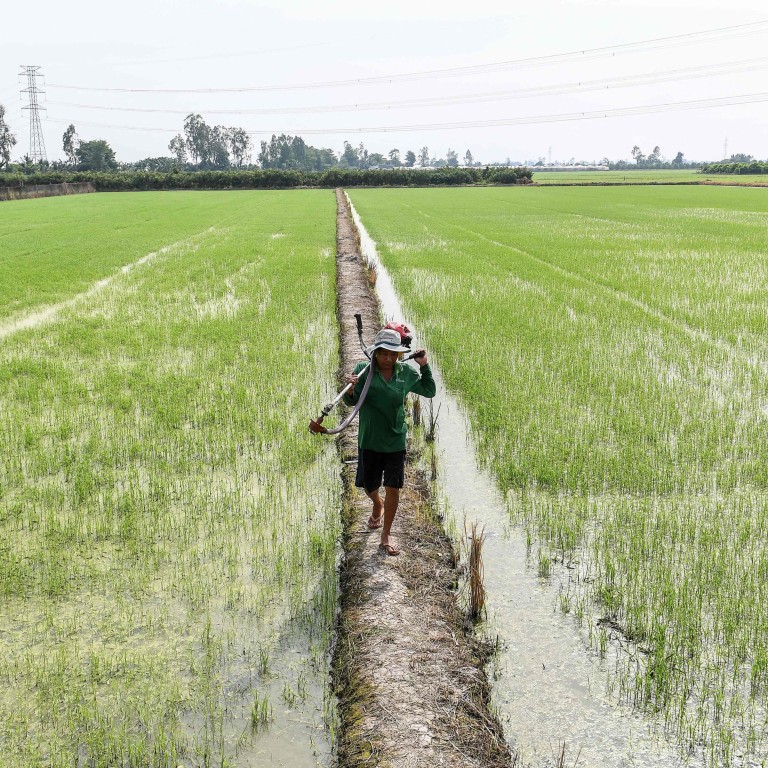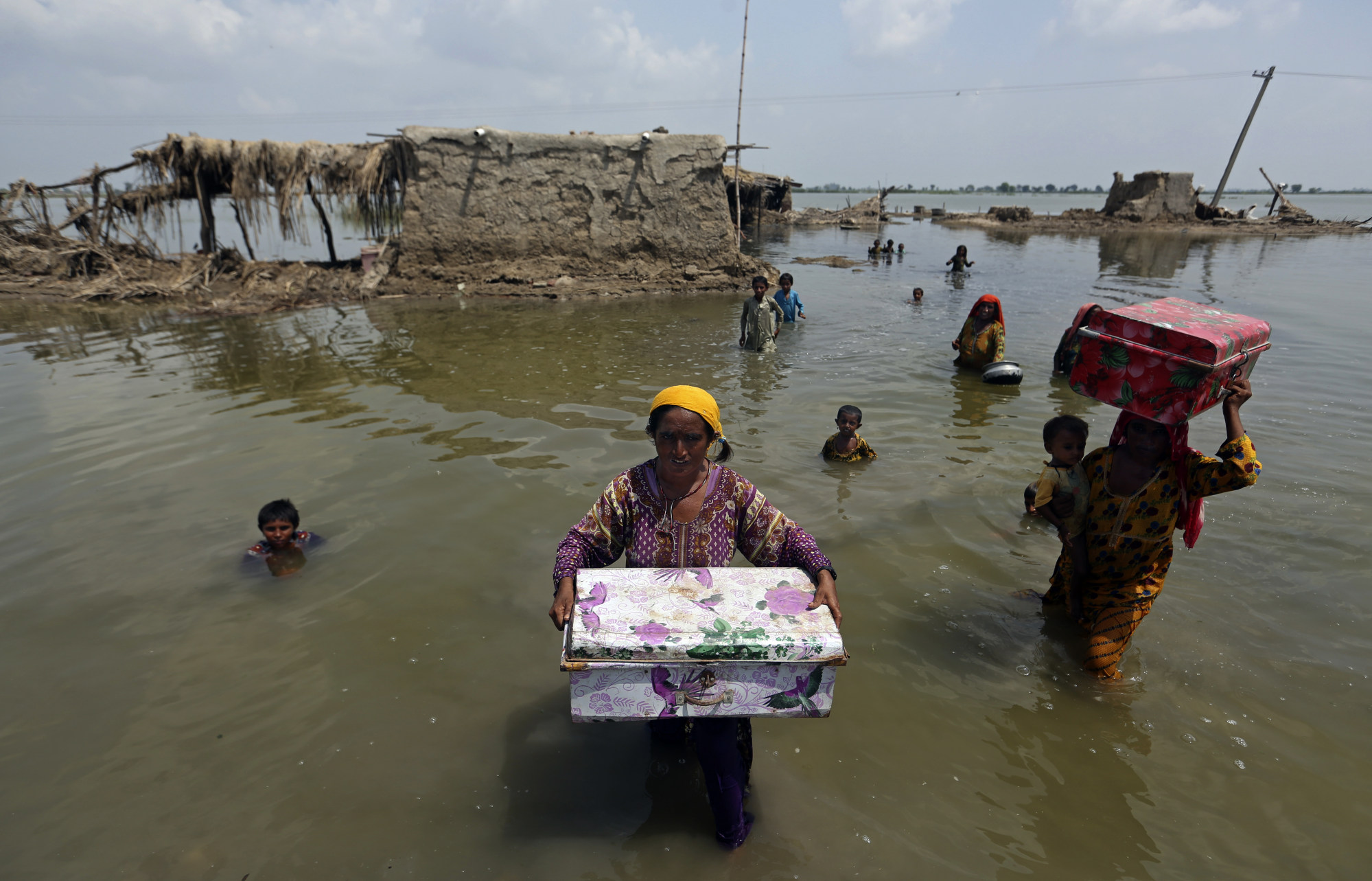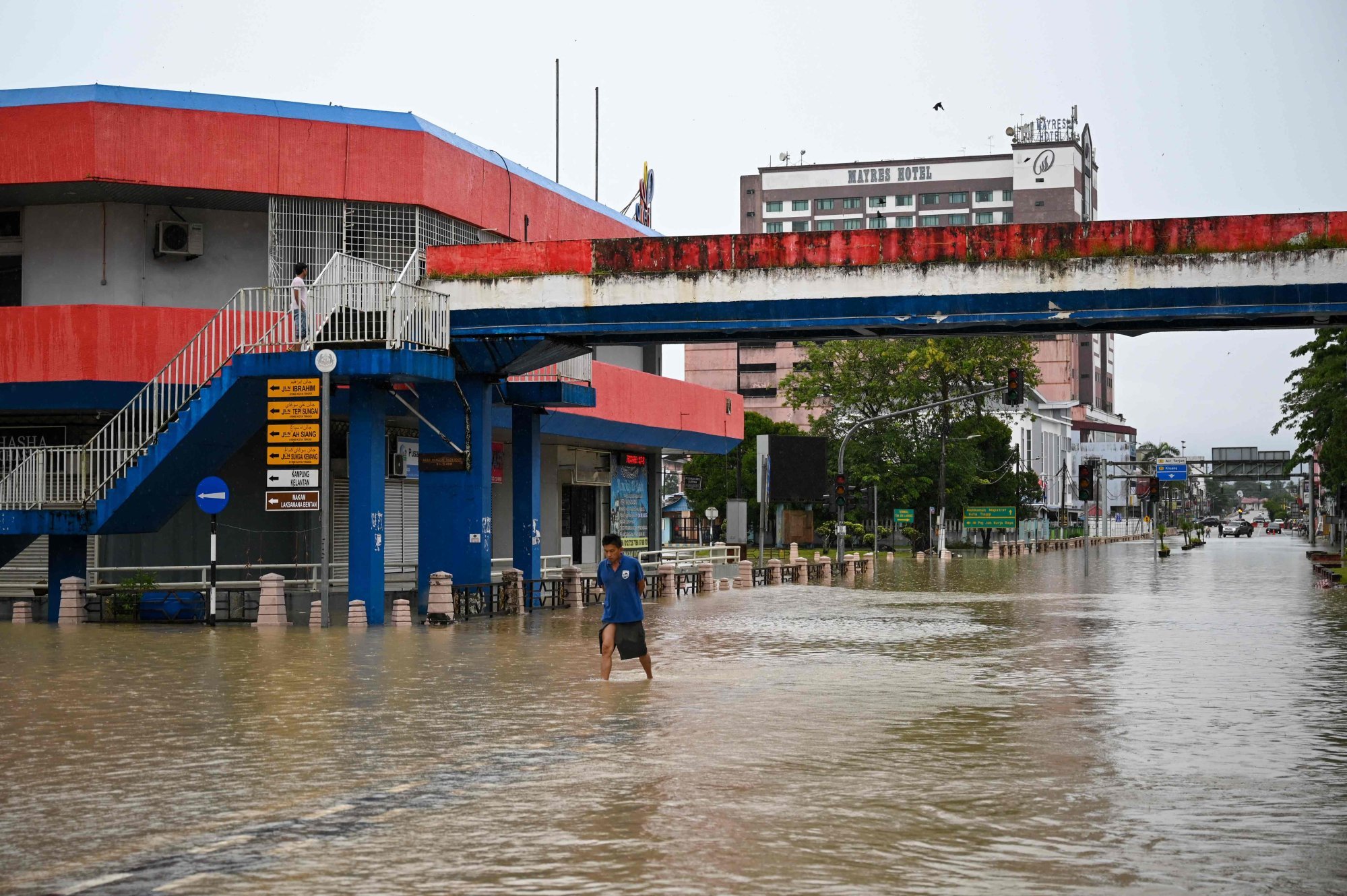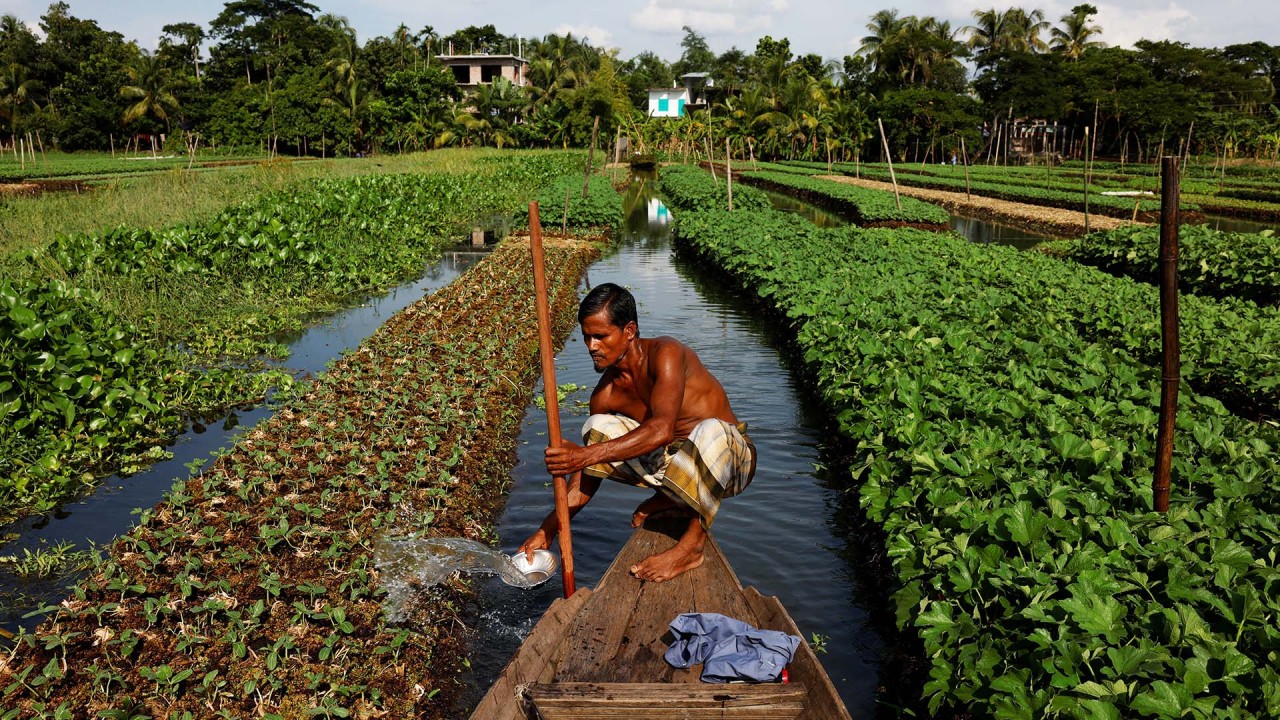
From India to China, Asia’s ‘rice bowl’ is under threat due to groundwater woes
- Major rice producers need to shift to producing rice that is resilient to flooding and salinity, to cope with likely increase in frequency, intensity of floods and droughts
- Each degree of global warming adds about 7 per cent moisture to the water cycle, leading to more extreme weather events, analysts have warned
Mega deltas like Vietnam, Bangladesh and Myanmar – which are major rice producers – will face more saline water intrusion and flooding and hence will need to shift to producing rice that is resilient to flooding and salinity. More flooding is also expected on the Indo-Gangetic plains due to the increase in the glacier melting of the Himalayas.

“This isn’t the end of rice farming in Asia, but centuries-old cultivation practices have reached their limits,” said Tharman Shanmugaratnam, co-chair of the Global Commission on the Economics of Water, and Singapore’s senior minister and coordinating minister for social policies.
“Whole regions have been over-extracting groundwater, while others face growing saltwater intrusions,” he told This Week in Asia. “The good news is that solutions exist.”
Farmers in northern India use subsidised electricity to pump out water from ground for rice cultivation, which has caused water tables to plunge over years.
Tharman said farmers must be given incentives to adopt practices such as smart irrigation – which minimises water usage by scientifically measuring it – and producing flood-and drought-tolerant rice.
Growing less water-intensive crops could be another option, he added. “And from Shandong to Goa, scientists are doing promising experiments with salt-tolerant rice.”

Technical modelling shows that countries such as China and members of the Association of Southeast Asian Nations (Asean) will probably switch from being net food exporters to net food importers in 2050 due to water scarcity.
Besides switching to more resilient farming practices, scientists are also advocating changing diets to prevent over-exploitation of land.
“We have to diversify our food basket to include millets and reduce our dependence on rice and wheat,” said Biraj Patnaik, a South Asia foods right activist and former adviser to India’s Supreme Court.
“We [India] produce only about 20 million metric tons of millet, which is a small fraction of our grains consumption. For India’s neighbours like Bangladesh and Pakistan, the consumption of millets is even lower.”
Agriculture scientists say that millet farming not only reduces water stress, it is also healthy as the grain is protein-rich and helps address malnutrition.
Globally, about US$700 billion in subsidies are fuelling excessive water consumption and other environmentally dangerous practices and these must be used to incentivise water conservation and access, according to the Global Commission for the Economics of Water.
Each degree of global warming added about 7 per cent moisture to the water cycle, leading to more extreme weather events, said Johan Rockström, director of the Potsdam Institute for Climate Impact Research and co-chair of the Commission.
“We are changing the entire global hydrological cycle,” he said.

On the other hand, rice farmers on the Indian subcontinent are bracing themselves for rainfall deficiency during the summer monsoon season. An unusually warm spring for the second year in a row has highlighted the kind of weather extremes that the region is facing.
Climate experts say Asia is more vulnerable than other continents due to its high population density and lower coping mechanisms available to most of the population.

Despite this, massive floods in Germany in 2021 show that even developed countries are often ill-prepared in tackling climate change.
Without action to transform the economics and governance of water, the world will fail on climate action and on the UN’s sustainable development goals, the Global Commission for the Economics of Water has warned.
The group said the world had failed to recognise that rivers, groundwater and atmospheric flows of water vapour cross international boundaries, and therefore such resources must be treated as a global common good.


